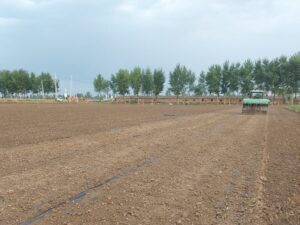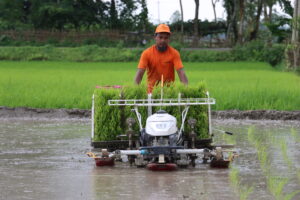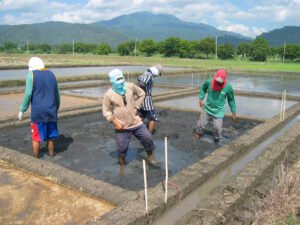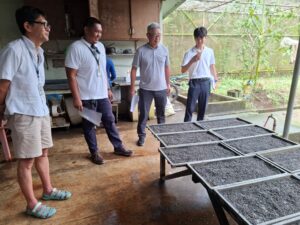by John Damien Platten, Amelia Henry, Myrtel Valenzuela
In a recent Marschner Review in the journal Plant and Soil, IRRI scientists introduced the Trait Development Pipeline and highlighted examples from root biology in developing next-generation, climate-resilient rice varieties.
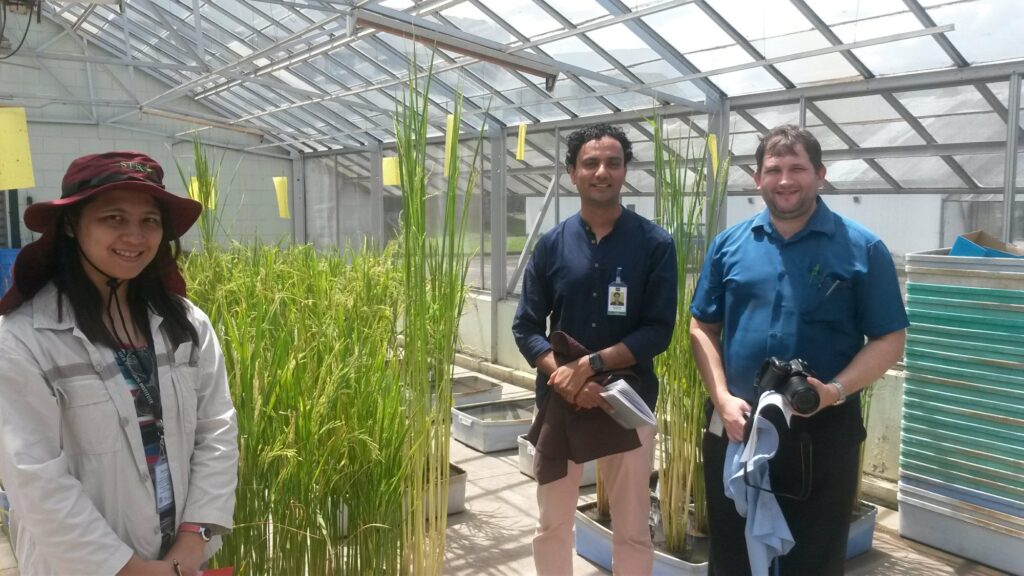
When it comes to developing new rice varieties, most of the attention goes to the finished product: the seeds that reach farmers’ fields. However, long before the seeds are ready to be planted, researchers must identify and develop the traits that make them resilient to various conditions—such as disease resistance, low temperatures, and salinity—while maintaining high yields. This early-stage work, known as “trait development,” is one of the most important and often overlooked steps in the crop improvement process.
In a recent Marschner Review in the journal Plant and Soil, scientists at the International Rice Research Institute (IRRI) introduced a structured process called the “Trait Development Pipeline” to efficiently connect the genebank with mainstream breeding. This pipeline helps researchers bring their work from the laboratory to the field, accelerating the process of developing improved rice varieties suited to the farming conditions of farmers.
The Role of Trait Development in Improving Rice Varieties
Trait development is the process of enhancing desirable traits in a crop, like disease resistance or drought tolerance, which often come from traditional rice varieties. However, many studies stop after initial identification of traits or genetic regions. Further research is necessary for those discoveries to be carefully studied, tested, and integrated into elite breeding lines. This bottleneck after discovery hinders the impact of upstream research in new varieties.
Root biology is one field where trait development can have a significant impact. Although scientists have made great strides in understanding rice root traits and how they help plants respond to stress, many of their discoveries have not yet been used in actual breeding programs. The Trait Development Pipeline provides guidelines for advancing those discoveries toward the development of new varieties.
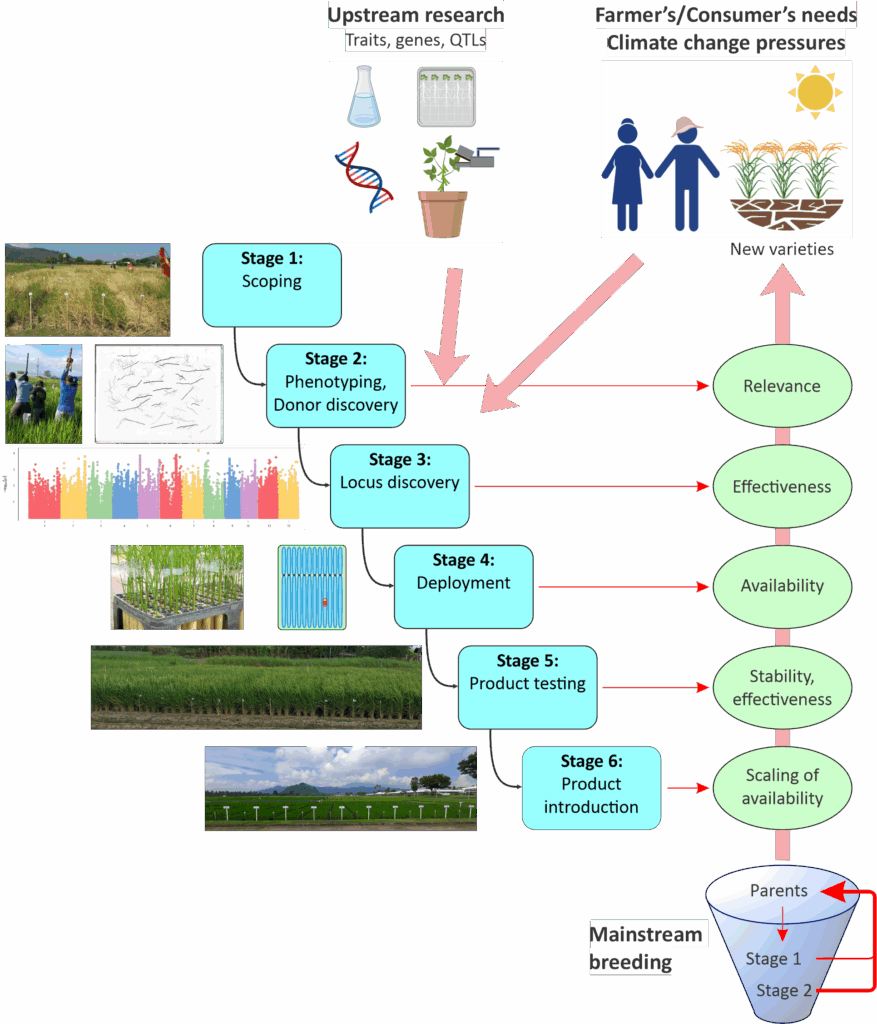
Through the introduced pipeline, breeders can systematically tap into the rich genetic diversity stored in seed banks. For instance, rare genes that help roots grow deeper or resist disease can be packaged into modern varieties using marker-assisted selection, speeding up the breeding process and increasing success rates. This is especially important for addressing climate-related challenges. As weather becomes more unpredictable, and soils more stressed, having the right root traits can make the difference between a good harvest and a failed one.
A Smarter Way Forward
The Trait Development Pipeline is helping make breeding more efficient by bridging research with the real-world needs of farmers, bringing the value of the genebank to mainstream breeding and new varieties. Through this process, important discoveries, like those from root biology, are not left behind but instead become part of the next generation of climate-resilient, high-performing rice varieties.
About the publication:
To know more about the trait development pipeline, access the publication through Platten, J.D., Henry, A., Chebotarov, D. et al. The rice Trait Development Pipeline: a systematic framework guiding upstream research for impact in breeding, with examples from root biology. Plant Soil (2025). https://doi.org/10.1007/s11104-025-07399-2

